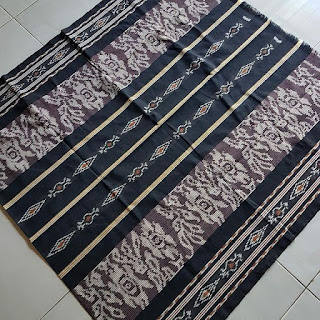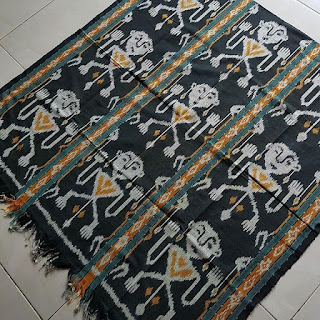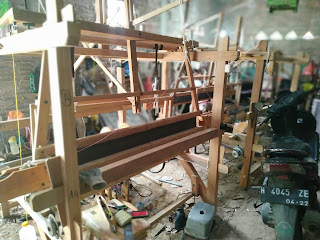WOVEN FABRICE COLLECTION
TENUN BLANGKET
Kabupaten Jepara, Jawa Tengah, selain terkenal dengan kerajinan seni ukir dan Pulau Karimunjawa sebagai destinasi wisata lautnya yang sudah terkenal hingga ke mancanegara ternyata masih menyimpan daya tarik yang lain, yakni kerajinan kain tradisional tenun ikat Troso di Desa Troso, Kecamatan Pecangaan.
Tenun ikat Troso sudah dimiliki oleh warga Desa Troso sejak tahun 1935 bermula dari alat tenun gedog warisan turun-temurun kemudian sekitar tahun 1943 mulai berkembang menjadi alat tenun pancal dan kemudian pada tahun 1946 beralih menjadi Alat Tenun Bukan Mesin (ATMB) hingga saat ini. Berbagai motif dihasilkan dari perajin tenun ikat Troso seperti motif Sutra, Rangrang, Rajut, Endek, Skaf dan motif Kalimantan.
Pasar utama tenun ikat Troso saat ini adalah Pulau Bali yang hampir 80 persen hasil kerajinan dipasarkan di pulau itu dan sisanya ke beberapa kota seperti Yogyakarta, Jakarta, Solo dan Pekalongan. Bahkan sebagian besar produk tenun ikat Bali yang diekspor adalah hasil buah tangan masyarakat Desa Troso.
Saat ini masih ada kurang lebih 6.000-an perajin yang terus berjibaku untuk mempertahankan keberadaan nya di tengah berbagai kesulitan yang menderanya, di antaranya sulitnya bahan baku karena masih harus diimpor dari India. Masalah lainnya adalah minimnya minat generasi muda untuk menjadi penerus sebagai perajin kain tradisional itu, mereka lebih suka bekerja di pabrik-pabrik yang bermunculan di daerah itu, sehingga dikhawatirkan akan menyulitkan keberlangsungan kerajinan khas itu di masa depan.





Comments
Post a Comment